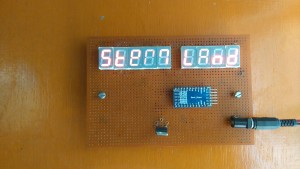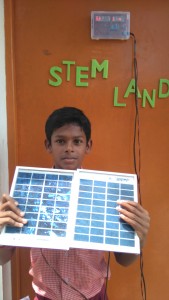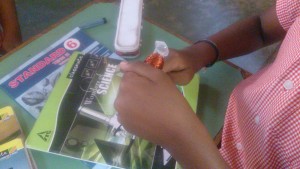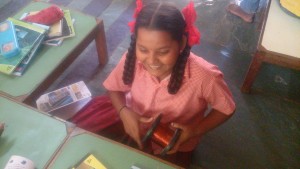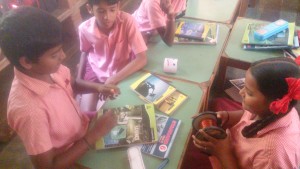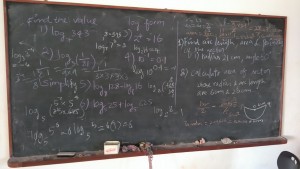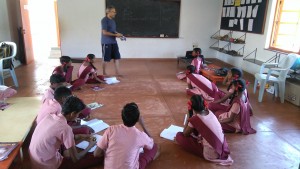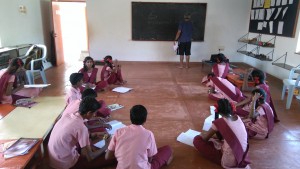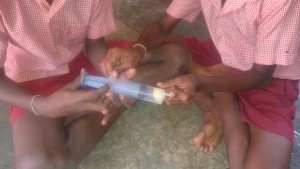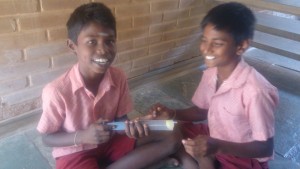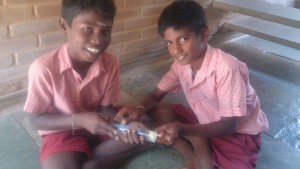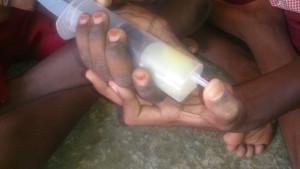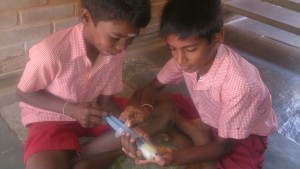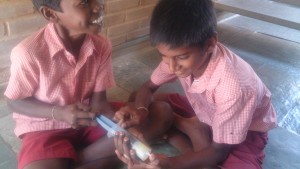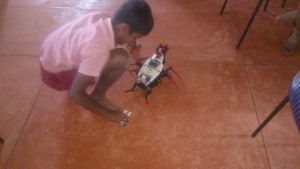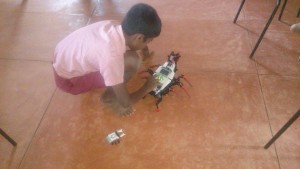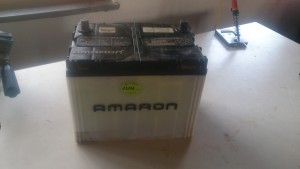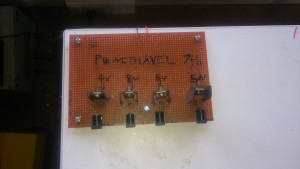STEP1:
Download python34 (python3.4.0 msi) from following website,
https://www.python.org/downloads/release/python-340/
After you have installed it go to command terminal(cmd) and put this python in your path as first priority
PATH=C:\Python34;C:\Python34\Scripts;%PATH% (or)
Go to Control Panel -> System and Security -> System -> Advanced system settings -> environment variables -> system variables -> path and paste C:\Python34;C:\Python34\Scripts;
STEP2:
Download PySide-1.2.4-cp34-none-win32.whl from https://pypi.python.org/pypi/PySide/1.2.4
In the cmd, cd into the directory where PySide-1.2.4-cp34-none-win32.whl is present and run,
pip install PySide-1.2.4-cp34-none-win32.whl
STEP3:
Download spyder2.3 from https://pypi.python.org/pypi/spyder/2.3.0
In the cmd,
cd spyder-2.3.0
python setup.py install
should install your spyder in the python setup.
STEP4:
Download pyinstaller from https://pypi.python.org/pypi/pypiwin32/219
in the cmd,
pip install pypiwin32-219-cp34-none-win32.whl
STEP5:
Download pyinstaller from https://github.com/pyinstaller/pyinstaller/releases
In the cmd,
cd PyInstaller-3.1.1
python setup.py install
STEP6:
Download xlrd package from https://pypi.python.org/pypi/xlrd/0.9.3
In the cmd,
cd xlrd-0.9.4
python setup.py install
STEP7:
Download pyglet package from https://pypi.python.org/pypi/pyglet/1.2.3
In the cmd,
pip install pyglet-1.2.3-py3-none-any.whl
STEP8:
Download psutil( download exe since .whl file didn’t work ) from https://pypi.python.org/pypi/psutil
and run it.
Note:
If you encounter an error saying,
return psutil.phymem_usage().percent AttributeError: ‘module’ object has no attribute ‘phymem_usage’
Open the system.py file:
C:\Python34\Lib\site-packages\spyderlib\utils\system.py
In that file, replace return psutil.phymem_usage().percent line with
return psutil.virtual_memory().percent


